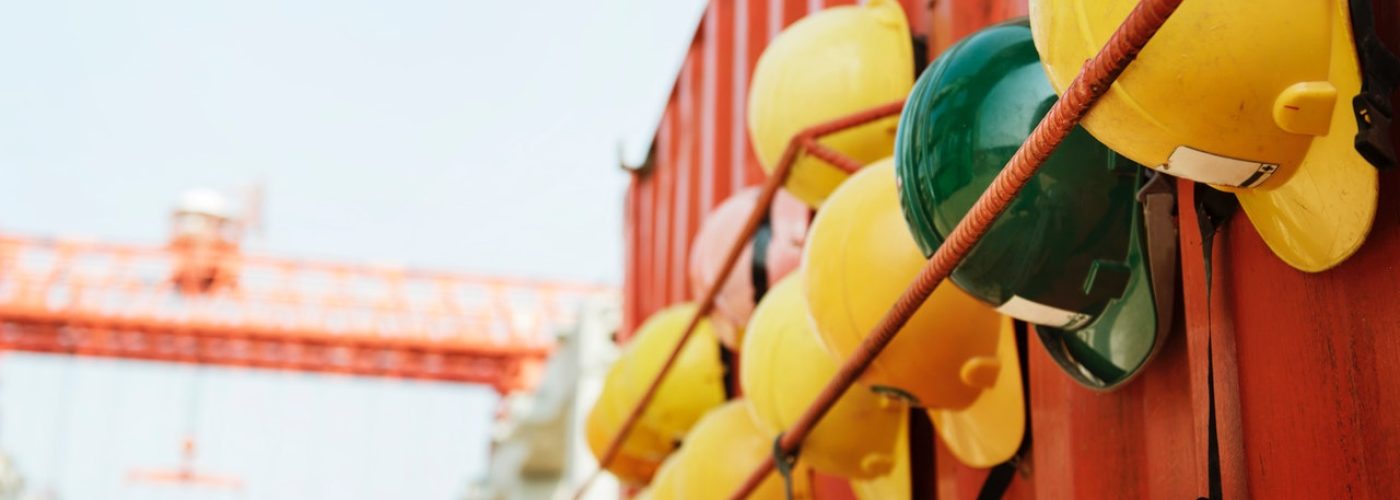Leading by example
The manufacturing industry has in recent times stepped to the forefront with seamless production processes and with smart systems and solutions in its practices. Through the use of data that connects every part of the process, manufacturing has become a leading adopter of automation in the last decade.
We see smart systems such as material requirements planning software (MRP), which is a tool that helps manage the manufacturing process in real-time. It tracks data to showcase when they might need what, and in what quantity they will need it. It gives manufacturers full control of raw materials and final products which ensures there are no delays in updates and that your inventory is always at optimal levels.
Solutions like this protect you from wasting resources and prevent late deliveries. Manufacturing and digital technologies can inspire the construction sector which has fallen slightly behind, especially if we see assembly construction step forward as a prominent aspect in the industry.
Will construction be the new manufacturing
Engineering and construction companies are aiming to obtain similar productivity growth that we have seen in the last couple of decades by their counterparts in manufacturing. Construction and manufacturing may come to see a crossover of sorts with contractors adopting manufacturing technologies. We could see design, manufacturing, and construction under one and the same roof.
As 3D Modeling, additive manufacturing and digitalised construction processes are becoming more sophisticated and available, we could look at further developments within these areas in the construction industry. Assembling constituent parts could become more common than building things on-site.
Pre-fabs are leading-edge in construction and it is likely that we are going to see a trend in promoting more of this in the future, especially as they get more advanced. Leaning into this fully can transform the construction industry and give it its own industry 4.0. We may come to say farewell to ineffective and restrictive manual processes and see construction transition into a more digital approach.
Tech in Construction
Digital advancements and technologies such as robots and AI is likely to be something we see advances in the future of construction. The industry consists of dangerous tasks that are often risky and repetitive, as such, the introduction of robotic solutions may become a useful tool not only for higher efficiency but for security as well.
In order to save the industry from stagnating, we may have to change our perspective on how we see robots in the workplace. They may be useful tools working alongside us rather than something that will replace jobs that many fear they would. It can take some pressure off the industry and bring innovation and further digitalization onboard.
If the construction industry became more digitalised, it might also attract younger generations to enter the sector. Right now, we see a shortage of skilled workers entering the industry and young people not as enthusiastic to choose careers within this field. However, with the adaptation of digital solutions and technological advancements we can change that and make it an appealing industry to work in.





